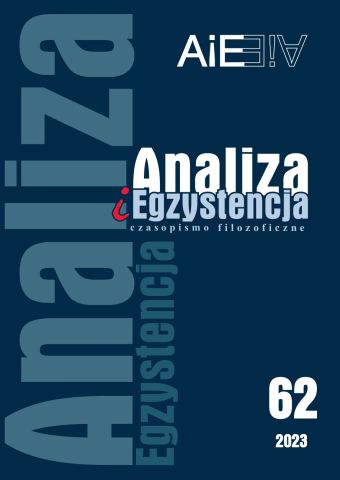Imaging the Absolute: Can Philosophy Visualize Abstractions?
Imaging the Absolute: Can Philosophy Visualize Abstractions?
Author(s): Leon MiodońskiSubject(s): Philosophy, History of Philosophy, Philosophy of Middle Ages, Renaissance Philosophy, German Idealism, Analytic Philosophy
Published by: Wydawnictwo Naukowe Uniwersytetu Szczecińskiego
Keywords: Imagery; iconology; Jacob Böhme; Romanticism
Summary/Abstract: This article consists of three parts: the first gives a synthetic outline of intellectual tendencies in post-Renaissance thought (Hermeticism, Alchemy, Kabbalah, which generated the iconic turn (emblematics, iconology). Its essence boils down to the integral relationship of the motto (lemma), the engraving (imago), and the poetic text (subscription). The second part is a more detailed analysis of one of the illustrations contained in the first volume of the German edition of Jacob Böhme’s works from 1682 (Gutenberg Project). The epoch, aesthetic tastes prevailing at that time and the Theosophical content of the work allow us to read this illustration from the point of view of iconology. The third part is devoted to two issues: First, one of the central themes in German idealism was the discussion around the notion of the absolute—whether the absolute can be grasped in concepts (Hegel) or in internal intuition (Schelling). Romanticism was dominated by a tendency to a subjective and speculative approach to the absolute. The philosophy and art of Romanticism was modeled on, among other things, medieval German mysticism and Böhme’s theosophy, seeking in these sources the best representation of what is unrepresentable, i.e., the absolute. Secondly, philosophical and artistic Romanticism developed a new type of imagery–language images. The dilemma that resulted from the discussion in German idealism—the notion or inner vision—from the modern point of view should be solved by a compromise: word and image.
Journal: Analiza i Egzystencja: czasopismo filozoficzne
- Issue Year: 2023
- Issue No: 62
- Page Range: 83-98
- Page Count: 16
- Language: English

